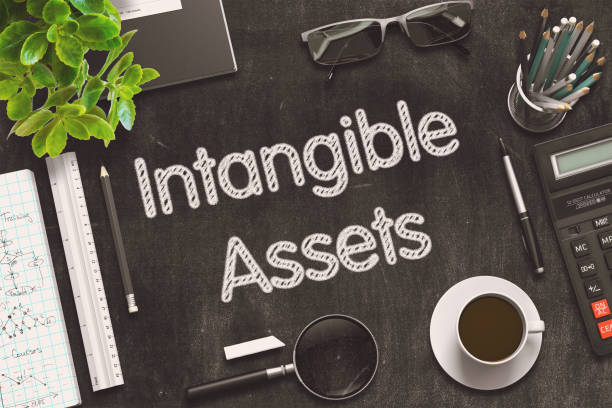
Intangible Asset Valuation: Understanding Brand and Goodwill
For decades, tangible assets primarily measured a company’s value. Buildings, machinery, inventory, and cash were indeed the pillars of any business valuation. However, in today’s digital and knowledge-based economy, this view is largely outdated. Significantly, a modern company’s most valuable assets often do not appear on a traditional balance sheet. We are, of course, talking about intangible assets. These include brand recognition, strong customer relationships, patents, and goodwill. Therefore, these assets can represent a significant portion of a company’s total worth. Understanding how to properly conduct an intangible asset valuation is a critical challenge for business owners and investors alike. For a comprehensive definition, see Investopedia’s explanation of intangible assets.
What Are Intangible Assets?
Intangible assets are non-physical assets that possess a monetary value. You cannot physically touch or see them. Instead, they represent a company’s future earning potential. Key examples include:
- Brand Recognition: This is the value associated with a strong and reputable brand.
- Goodwill: This represents the value of a business beyond its physical assets, encompassing factors like a strong customer base, good employee relations, or a solid reputation.
- Intellectual Property (IP): This covers patents, copyrights, and trademarks.
- Customer Lists and Relationships: This reflects the value of an established and loyal customer base.
Why Is Professional Intangible Asset Valuation Crucial?
Ignoring these hidden assets can lead to a significant undervaluation of a business. This is a common mistake in mergers and acquisitions. Furthermore, it presents a problem when seeking investment or financing. A professional intangible asset valuation provides a clear, objective assessment. Consequently, it helps in negotiations. It ensures that the company’s full value receives proper recognition. For example, a tech startup with minimal physical assets but a groundbreaking patent and a large user base can often command a higher value than a traditional manufacturing company with millions in machinery.
The Challenge of Valuing the “Unseen”
Unlike a building or a piece of equipment, intangible assets cannot be valued solely by their market price. Each is unique to its company. Furthermore, its value depends on its ability to generate future revenue. This requires a more sophisticated approach than traditional valuation methods. It often involves:
- Income Approach: This method estimates value based on future cash flows generated by the asset.
- Market Approach: This compares the asset to similar assets that have been sold.
- Cost Approach: This calculates the cost to replace or reproduce the asset.
A reputable service like Bisvalue.com specializes in these complex valuations. They provide a comprehensive analysis that goes beyond the balance sheet. Ultimately, they ensure that all facets of a company’s worth are accurately assessed.
Final Thoughts
In the modern business landscape, tangible assets alone no longer tell the full story. The real engine of growth and profitability often lies in a company’s intangible assets. Therefore, a professional intangible asset valuation is not just a strategic choice; it is an essential step. It ensures that your company’s true value receives recognition, whether you’re selling, seeking investment, or simply managing your business for future success.
